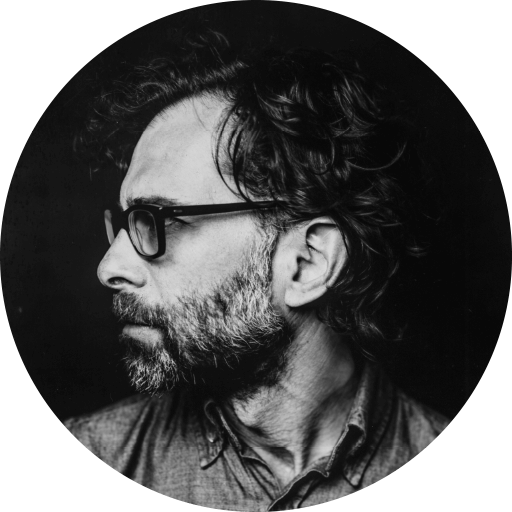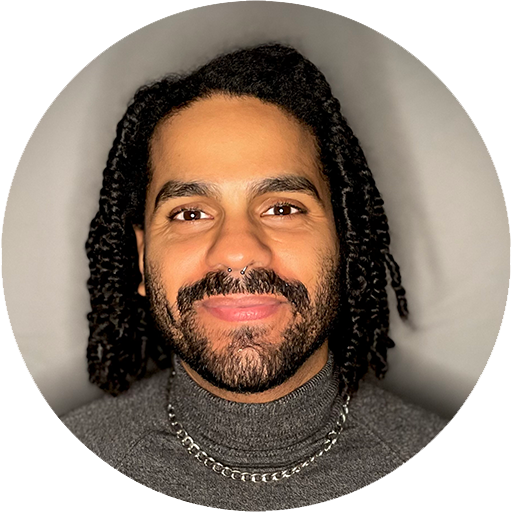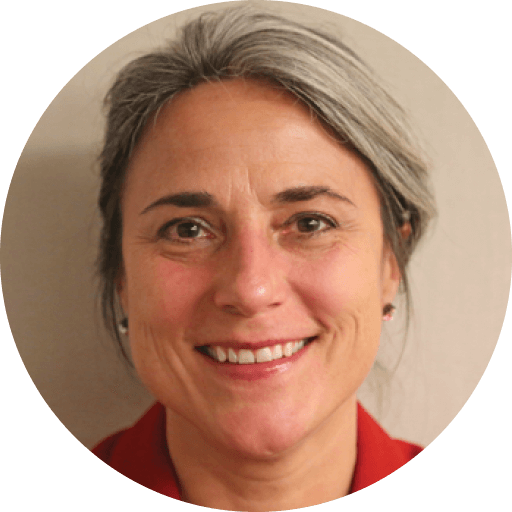Rice Krispie Treats in a Plastic Tube, and Other Dances
Siobhan Burke, The New York Times
Siobhan Burke, The New York Times

“I should try and solve some problems,” the artist Michelle Ellsworth said on Thursday at the Chocolate Factory Theater in Queens, as five dancers buzzed around a hulking wooden contraption that looked like a cross between a kitchen, a playground structure and an MRI machine.
She was explaining, in her signature funny and fidgety way, her thinking behind the new work at hand, “Evidence of Labor and the Post-Verbal Social Network,” which ostensibly seeks to circumvent language as a mode of problem-solving: to test out, as alternatives, “tools that don’t rely on language.”
Human language, Ellsworth pointed out, has been around for about 150,000 years. If it were going to fix any problems, “you think they would’ve figured it out by now.”
Why not try, instead, crawling around inside a wooden cube with another person? Or pouring rice from one bucket into another through an enormous funnel? Or strapping a canister of salt to your leg? Or shoving Rice Krispie treats through a plastic tube? Or manufacturing and disseminating dish towels printed with proposed solutions? Or ironing?
Over the course of their engrossing and resolutely wacky performance, Ellsworth and her dancers (who do little dancing in any conventional sense) take a stab at all of the above and more. Further proposals for “non-language-based, human-to-human systems,” as they are called in a news release, appear in videos on 18 small screens planted throughout the space, which the audience can view before and after the show. In one of these, two people straddle a tree branch and shower Diet Coke on a third below. In another, Ellsworth and others jog through a snowy forest in shorts, arriving at a hut where they interact with a typewriter rigged to a xylophone.
All of these tasks, live and recorded, are completed with a sense of unflustered focus and determination, as if these experiments really could save us from further interpersonal and geopolitical strife. (Ellsworth seems more immediately concerned with the interpersonal, making frequent mention of couples therapy and its shortcomings.)
For a work underscoring the failures of language, there is a great deal of talking. Perched on one side of the kitchen apparatus, where most of the audience can’t see her, Ellsworth offers nearly nonstop commentary — and instructions to the cast — seemingly off-the-cuff. Her voice, more self-doubting than authoritative, becomes part of the perpetual motion around her and its enveloping hum: the opening and closing of cabinets and drawers; the thud of salt canisters tumbling to the floor; the cyclical sounds of a doorbell, an alarm, an A.I. bot voice counting down from five.
Climbing and crawling around the wooden structure, the dancers repeatedly wriggle into its central compartment: a cube with five circular points of entry. They fold and scrunch their bodies into momentary arrangements that are recorded and projected on one wall. A grid of snapshots accumulates, each suggesting a quite literal form of nonverbal relation.
Clever contraptions and artifacts are an Ellsworth hallmark, and the ones she has created here, with a team of collaborators, are as smart and delightful as ever. This includes the abundance of dish towels that hang on the walls and sit crumpled in a heap for the dancers to iron. Resembling instruction manuals, each is printed with a unique set of problem-solving prototypes. “Even if they’re ugly or under-intelligent, I assure you they’re super absorbent,” Ellsworth says of the towels, urging us to take one home. (The one I took states: “Please consider swimwear” with photos of Ellsworth in a hot-pink one-piece cut from a yoga mat.)
Through these and other symbols of manual labor, Ellsworth also comments on the physical and intellectual labor of performance-making. And the performers here are doing a lot of work. But for all their engaging efforts, the show stays suspended in a place of enjoyable eccentricity and humor, never deepening to a more emotionally resonant place, as some of Ellsworth’s previous projects have.
The closest it comes is during two deliberate pauses, each preceded by a nervous buildup: slowing down, too, takes work. But then the room goes silent. And for a few hard-won seconds, everyone rests.
Siobhan Burke for The New York Times, November 10, 2023.





























